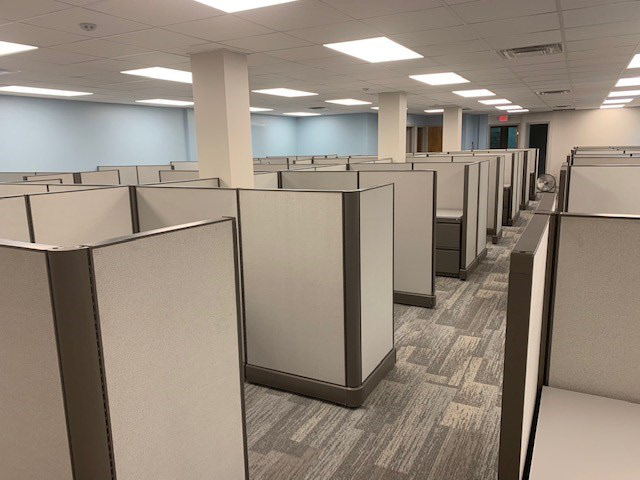From Cubicles to Collaboration Spaces: Rethinking Office Design for Mental Health in the Post-Pandemic Era
From Cubicles to Collaboration Spaces: Rethinking Office Design for Mental Health in the Post-Pandemic Era

As we navigate the post-pandemic landscape, the way we view and utilize office spaces has undergone a profound transformation. The traditional cubicle-centric design is gradually making way for more flexible and collaborative environments. However, amidst this evolution, it's crucial to prioritize mental health considerations. Let's delve into how rethinking office design can positively impact mental well-being in the workplace.
Embracing Connectivity: Breaking Down Cubicle Walls
The confinement of cubicles has long been associated with feelings of isolation and claustrophobia. In the wake of the pandemic, the drawbacks of such enclosed spaces became even more apparent. Companies are now recognizing the importance of fostering a sense of openness to promote connectivity and alleviate feelings of loneliness among employees.
Prioritizing Comfort: Ergonomics and Accessibility
One of the silver linings of remote work during the pandemic was the newfound emphasis on ergonomics. With employees setting up makeshift home offices, organizations have gained a deeper understanding of the importance of comfortable workspaces. As employees return to the office, it's imperative to maintain this focus on ergonomics to prevent physical strain and discomfort.
Creating Versatility: Zones for Collaboration and Solitude
A key aspect of modern office design is the incorporation of versatile spaces that cater to different work styles and preferences. While collaboration areas promote teamwork and idea exchange, quiet zones offer respite for focused work and reflection. Striking a balance between these two extremes is essential for accommodating the varying needs of employees.
Embracing Nature: Biophilic Design for Mental Well-being
Biophilic design, which seeks to incorporate elements of nature into built environments, has gained traction in recent years for its myriad benefits. Research indicates that exposure to natural elements can reduce stress, improve cognitive function, and enhance overall well-being. By integrating biophilic elements into office spaces, organizations can create environments that promote mental health and productivity.
Closing Thoughts
As we navigate the complexities of the post-pandemic era, rethinking office design has become imperative for promoting mental health and well-being in the workplace. By embracing connectivity, prioritizing comfort and accessibility, creating versatile zones, and integrating biophilic elements, organizations can foster environments that support the holistic needs of their employees. Ultimately, investing in thoughtful office design not only enhances productivity and collaboration but also cultivates a culture of care and compassion within the workplace.
